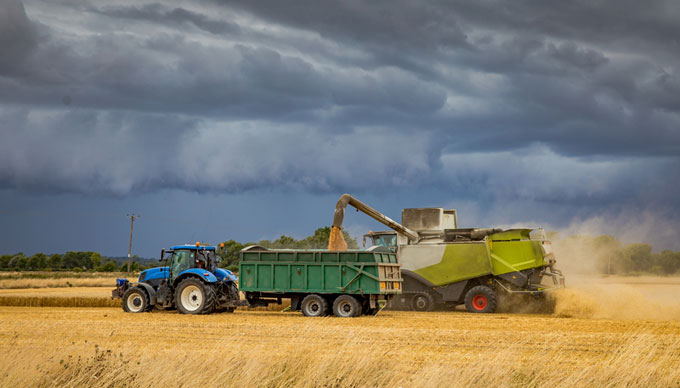Creating Sustainable Food Supply Chains for a Growing World
As the world’s population continues to grow, the need for sustainable food supply chains is becoming increasingly important. In the ASEAN region, a recent push for tighter human rights due diligence for cross-border financing of agribusiness has been made. Research has found that financial institutions in the region are silent on conflicts over land rights.
Data analytics and machine learning can be used to identify and reduce carbon emissions in the climate change supply chain. By collecting data on the sources of emissions, companies can identify areas where emissions can be reduced. For example, by analyzing data on the sources of emissions, companies can identify areas where emissions can be reduced by switching to more sustainable sources of energy. Additionally, machine learning can be used to develop predictive models that can identify potential areas of emissions reduction.
By using data analytics and machine learning, companies can reduce their carbon footprint and help to create a more sustainable food supply chain. This can help to ensure that the food supply chain is able to meet the needs of a growing population, while also protecting the environment. Additionally, it can help to ensure that human rights are respected in the process, as financial institutions are held accountable for conflicts over land rights.


I think it’s great that companies are using machine learning to create a more sustainable food supply chain. Is there any way machine learning can help with conflicts over land rights?
I think this is a great discussion point and I agree that data analytics and machine learning can be used to reduce carbon emissions. I also think it is important to consider how financial institutions can be held accountable for conflicts over land rights.